Recently the Central Statistics Office (CSO) released results from their sports module of the Household Budget Survey (here). John Considine wrote a short post which presented data on participation in sport and physical exercise (see here).
I decided to dig a little deeper into the wealth of data that has been made available. I present two bar charts which examine participation in specific sports and physical exercise by gender and by region. Some interesting patterns emerge.
The first considers participation in sport and physical exercise by gender. 13 sporting/exercise categories are identified by the CSO. The participation by gender breakdown is provided below.
At the other end of the yoga/pilates and dance spectrum lies soccer. This came as a surprise to me. Whilst I never doubted that men play more soccer than women, I was shocked by the size of the imbalance from the CSO figures, with around 4 female soccer players for every 96 males. There are two possible explanations for this. One is that men simply love to play soccer and drive the participation numbers way up. The other is that female soccer is not facilitated as it should be. Lack of teams, competitions and infrastructure may be discouraging/preventing women from playing the sport. This is all the more worrying in light of the wonderful press womens soccer in Ireland has received via Stephaine Roche's wonder strike - voted the second best goal in the world in 2014!.
Hurling and camogie are non-existent in the Border region. The CSO don't even report a figure for participation! The native codes are most popular in the West and Mid-West. Gaelic Football is strongest in the Border region and is also prominent in the Midlands, West and South-West. Golf is strongest in the Mid-East, South-East and Dublin
Finally, a closer look at capital. While not dissimilar to the rest of the country, Dubs do Aerobics/Go to the gym more than any other region. Maybe this is because those in the capital are more health conscience and wish to stay fit more than those living in other regions. Or maybe it is down to access and facilities, and the reason those in Dublin go to the gym more is simply because there are more gyms...
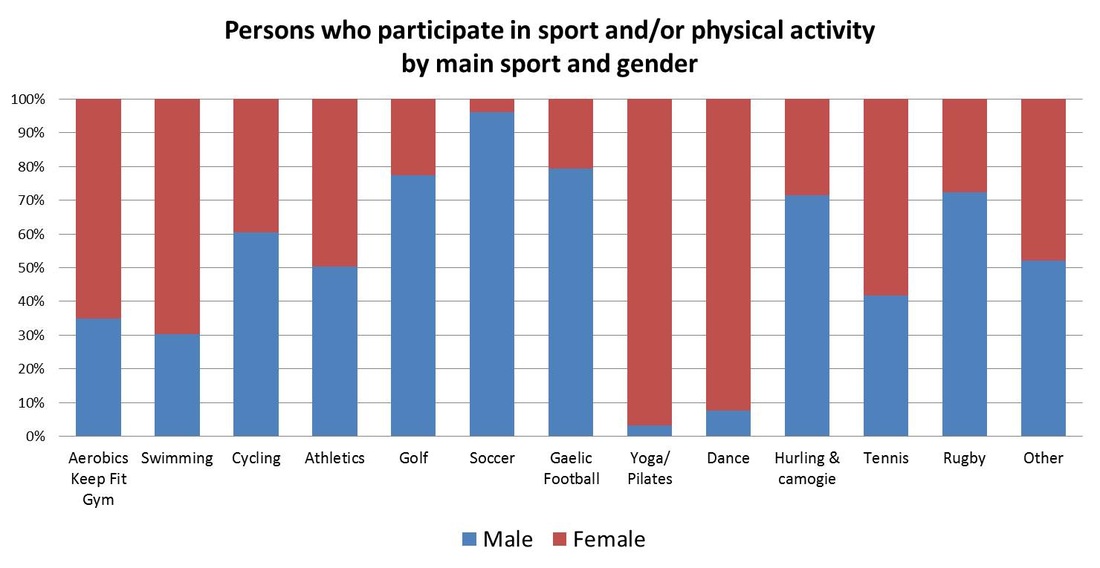
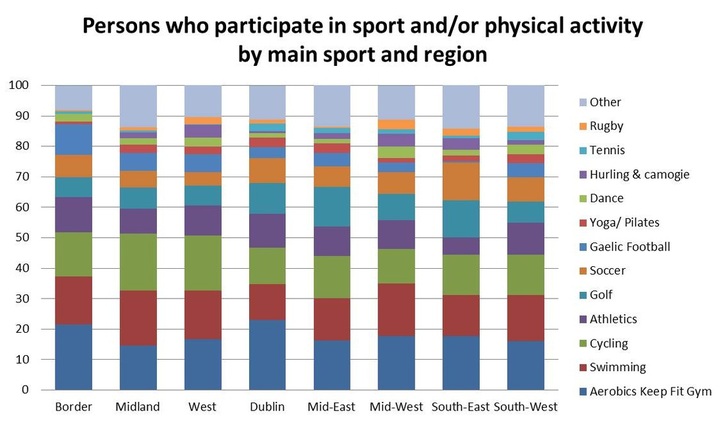
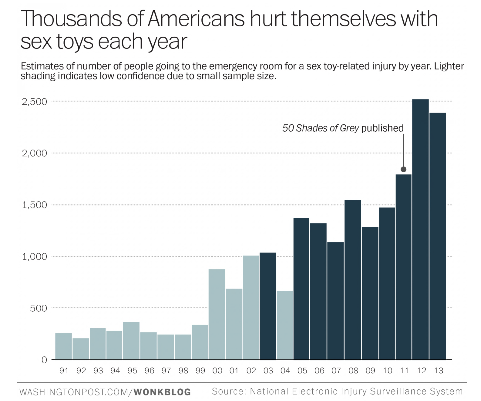
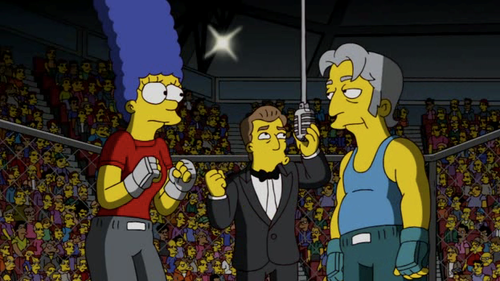
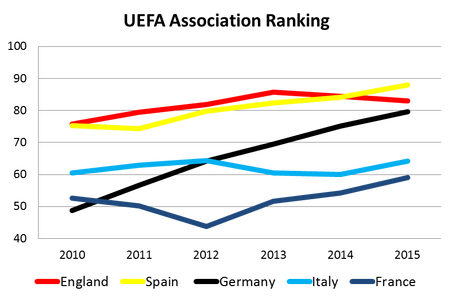
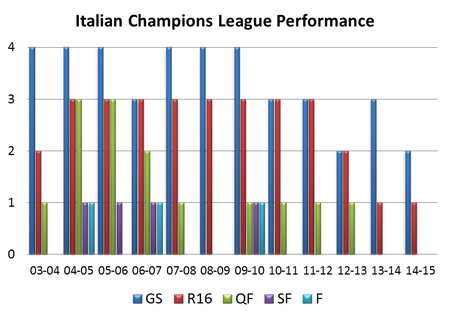


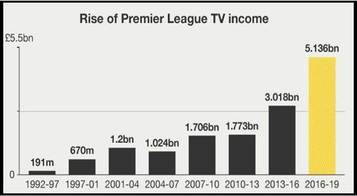
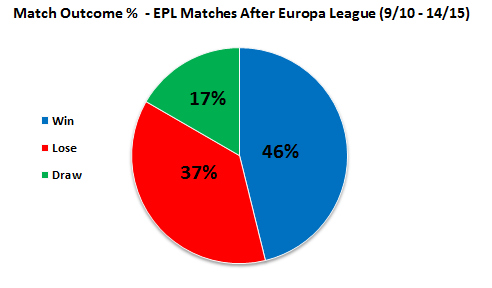
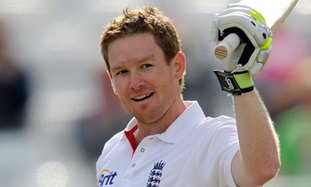
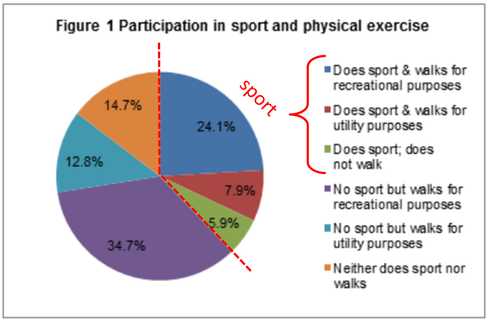
 RSS Feed
RSS Feed